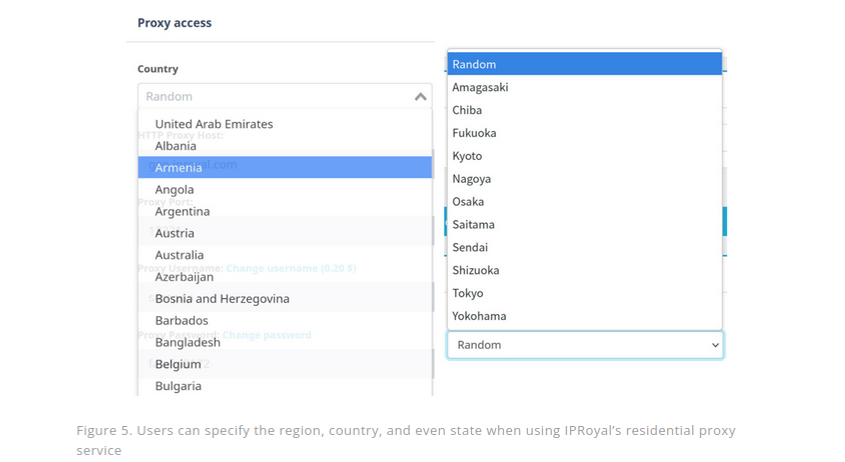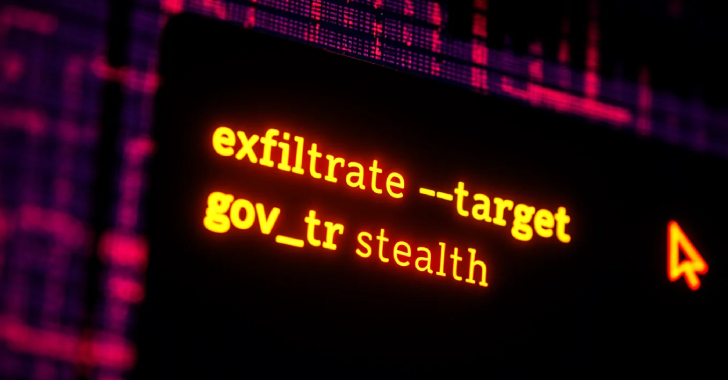
General Data Protection Regulation (GDPR) Compliance Checklist
Introduction
In today’s digital world, protecting personal data has become increasingly important. The General Data Protection Regulation (GDPR) is a comprehensive data protection legislation that was implemented by the European Union in 2018. It aims to safeguard the privacy and security of personal data of EU residents. Any organization that collects, processes, stores, or shares personal data of EU citizens is required to comply with the GDPR. To ensure compliance and avoid hefty penalties, organizations must follow a checklist of key requirements.
- Understand the Applicability of GDPR
The first step towards GDPR compliance is to determine if your organization falls under its jurisdiction. If your organization is based in the EU, or if it processes the personal data of EU residents, regardless of its location, GDPR is applicable. Understanding the scope of GDPR will enable you to implement the necessary measures to protect personal data.
- Appoint a Data Protection Officer (DPO)
Designating a Data Protection Officer (DPO) is mandatory under GDPR for organizations that regularly process or store substantial amounts of personal data. The DPO is responsible for ensuring compliance, monitoring activities, and serving as a point of contact for data subjects and supervisory authorities.
- Conduct a Data Inventory
Carry out a comprehensive data inventory to identify the personal data your organization collects, stores, and processes. Understand the purpose of data collection, the legal basis for processing, retention periods, and who has access to the data. This will help you better manage and protect personal information.
- Obtain User Consent
Under GDPR, explicit consent is required when collecting personal data. Ensure that consent is freely given, specific, informed, and unambiguous. Provide individuals with clear and concise information about the purposes for data processing and their rights. Implement a system to track and document the consent received.
- Implement Privacy Policies
Create and maintain transparent privacy policies that inform individuals about how their personal data is collected, used, stored, and protected. Include details about their rights, such as the right to access, rectify, and erase personal data. Regularly update policies as per GDPR guidelines.
- Strengthen Data Security
Implement robust technical and organizational measures to safeguard personal data from unauthorized access, disclosure, alteration, or destruction. This may include encryption, firewalls, secure data storage, access controls, staff awareness training, and regular security assessments.
- Execute Data Protection Impact Assessments (DPIAs)
Conduct Data Protection Impact Assessments (DPIAs) to identify and minimize risks associated with data processing, especially when using new technologies, implementing automated decision-making, or processing sensitive data. Document the assessments and implement measures to mitigate identified risks.
- Enable Data Subject Rights
Ensure that data subjects can easily exercise their rights under GDPR, such as the right to access, rectify, and delete personal data. Establish procedures to handle data subject requests promptly and efficiently. Document the actions taken in response to such requests.
- Maintain Data Breach Notification Processes
Establish protocols to detect, investigate, and report data breaches to relevant supervisory authorities and affected data subjects within the specified time frames. Develop an incident response plan that outlines the steps to be taken in the event of a data breach and assign responsibilities to key individuals.
- Create Supplier and Contractor Agreements
Review existing contracts and establish data processing agreements with third-party suppliers and contractors who have access to personal data. Ensure that they adhere to GDPR standards and only process data in accordance with your instructions. Regularly review and update such agreements.
- Train Employees
Train employees in GDPR requirements, particularly those involved in data processing and handling sensitive information. Educate them about data protection principles, security best practices, and their responsibilities under GDPR. Regularly provide refresher training to keep employees up to date.
- Regularly Audit and Update
Conduct regular audits of your data protection practices identifying gaps and areas for improvement. Update policies, procedures, and technical measures as necessary to ensure ongoing compliance with GDPR. Monitor changes in legislation that may impact your organization’s operations.
Conclusion
Complying with the General Data Protection Regulation (GDPR) can be a complex task, but it is crucial to protect personal data and maintain the trust of individuals. By following this checklist of key requirements, organizations can strive towards GDPR compliance. Remember that GDPR compliance is an ongoing process that requires continuous monitoring, auditing, and adapting to evolving data protection standards.
Contact Cyber Defense Advisors to learn more about our GDPR Compliance solutions.





